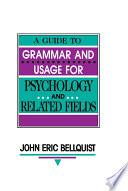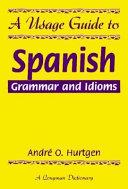Minimalist feature checking
This book is about what the 'lack' of agreement indicates about the structure of language. Rather than assuming that mistakes occur in languages, disagreement can be seen as an indication of a certain structural relationship. In a Minimalist framework, the partial agreement or complete lack of agreement is determined by when checking of case and agreement takes place and with what nominal element. Earlier work has shown that there may be variation regarding the number of functional categories a language activates. If that account is correct, languages with fewer functional categories (Dutch and Old English) will also have fewer specifiers and therefore less Spec-Head agreement. In these cases, government will play a role in the checking of case and agreement. There are, however, other reasons for the 'breakdown'. For instance, expletives play a major role and they may only be specified for some features (number or person) and when they agree with the verb, the 'real' subject does not. Two additional reasons are discussed: the impact from grammaticalization and from asymmetrical (e.g. coordinate) structures. The focus is on Modern, Old and Middle English and Dutch, but other Germanic languages (German, Swedish, Yiddish), Romance languages (Catalan, French, Italian, Spanish), Arabic, Chamorro, Hebrew, Hopi, Kirundi, O'odham, Navajo, and Urdu/Hindi are discussed as well.
This book is about what the 'lack' of agreement indicates about the structure of language.










